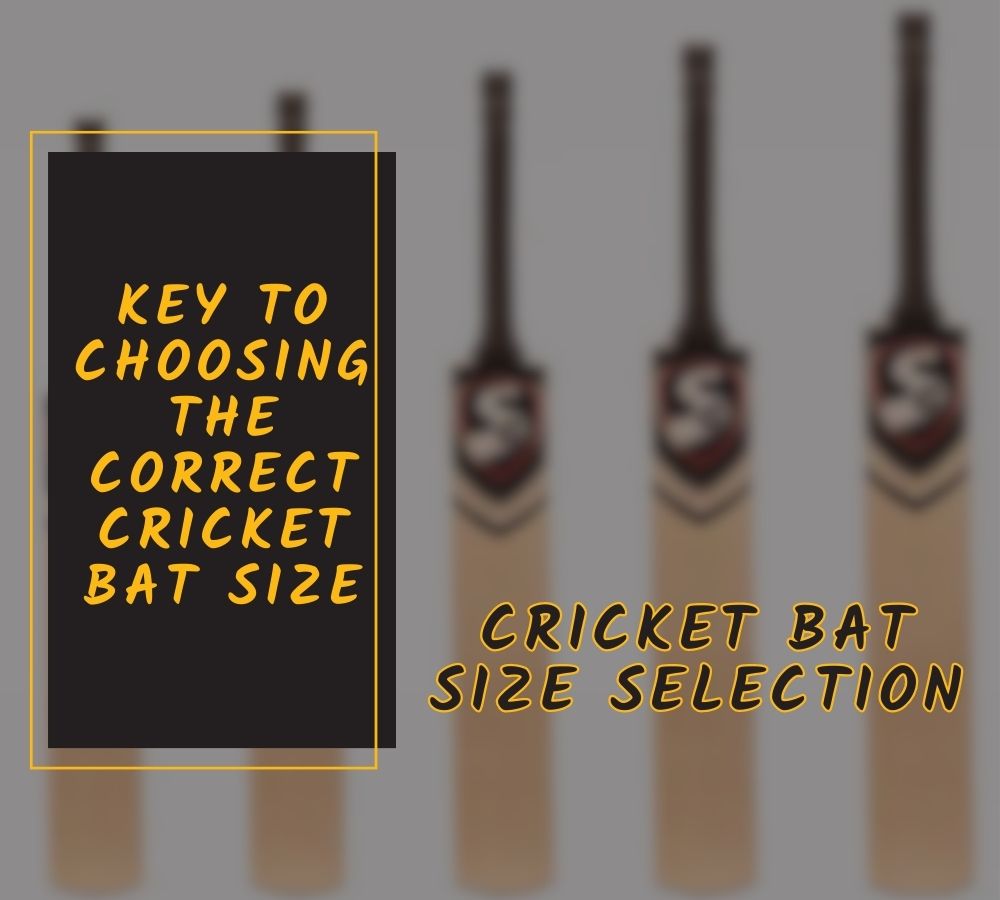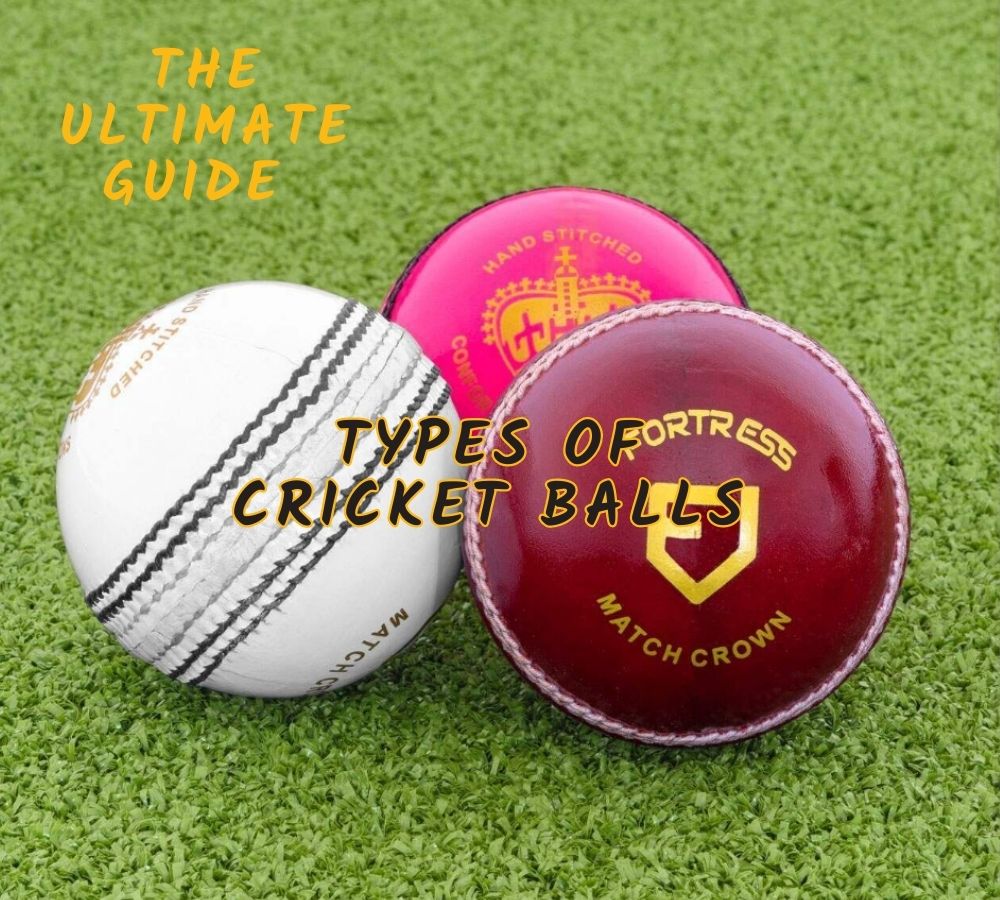In the realm of cricket game, weight of the bat is as important as the batsman performance.
So, what is the ideal weight of a cricket bat? – this is the common question among both novices and seasoned players alike.
Ideally, cricket bats used by the international cricketers falls in the range between 1.3kg to 1.45kg.
However, it is important to note that a bat’s performance is not solely determined by its weight. Rather, it is the interplay between weight, size, and material that ultimately affects a player’s performance.
In this article, lets explore cricket bat weight exploring the factors that influence this crucial aspect and shedding light on the delicate balance between power and maneuverability.
Does Weight of Cricket Bat Really Matter?
The weight of a cricket bat undeniably has an impact, but the feel of a bat is subjective. Even bats with the same weight can feel different due to variations in willow density and other factors. Adding labels and grips can also slightly increase the weight. While a slight difference in weight may not feel significantly heavier, it can affect how the bat plays. Ultimately, players often develop a personal favorite based on their preferences and experience.
What is Ideal Weight Range for a Cricket Bat?
The ideal weight range for a cricket bat is typically considered to be between 2.8 to 3.2 pounds (1.3 to 1.45 kg). Within this range, players can find a bat that feels comfortable to hold and allows for easy maneuverability, with the sweet spot positioned optimally for effective hits.
But the ideal weight of a cricket bat is subjective and can vary based on individual factors such as playing style, physical attributes, and personal preferences.
Some players may prefer a lighter bat, weighing closer to 2.8 pounds (1.3 kg) or less, as it offers better control and enables quicker swings. On the other hand, some players may opt for a heavier bat, weighing closer to 3.2 pounds (1.45 kg), to gain more power in their hits, even if it compromises swing speed.
Furthermore, players may have different weight preferences for various formats of the game. For example, a player might favor a lighter bat for fast-paced T20 and One-Day Internationals (ODIs), where quick shot-making is crucial, while opting for a heavier bat for longer Test matches to maximize power in their strokes.
So, it is essential for players to experiment and find the weight range that suits their unique requirements and enhances their performance on the field.
Different Weights of Cricket Bats
Cricket bats are often categorized into three main weight categories: light, medium, and heavy. These categories help players determine the general weight range that suits their preferences and playing style.
Light bats:
Light bats typically weigh between 2.7 to 2.9 pounds (1.2 to 1.3 kilograms). These bats offer excellent maneuverability, allowing players to quickly react and play shots with ease. Lighter bats are commonly favored by players who rely on quick footwork, precision, and agility in their batting technique.
Medium bats:
Medium bats fall in the weight range of 2.10 to 2.12 pounds (0.95 to 0.96 kilograms). They provide a balance between maneuverability and power, making them a popular choice among cricketers. Medium-weight bats offer a good combination of control, shot placement, and stroke-making capability.
Heavy bats:
Heavy bats are typically in the range of 2.13 to 2.14 pounds (0.97 to 0.98 kilograms) and above. These bats are favored by players who rely on power hitting and generating maximum force in their shots. Heavy bats can provide increased momentum and help hit the ball with greater power, but they may sacrifice some maneuverability and bat speed.
Factors to Consider When Selecting the Right Weight
When selecting the right weight for a cricket bat, several factors should be considered:
Playing style:
Different playing styles require different bat weights. Consider whether you rely more on agility and shot placement or power hitting to determine the appropriate weight category.
Strength and physical attributes:
Personal strength and physique should be considered. Bigger and stronger players may handle heavier bats more effectively, while smaller players may find lighter bats more manageable.
Comfort and control:
The weight of the bat should feel comfortable in your hands and allow for proper control during shots. Experimenting with different weights and feeling the bat’s balance can help determine what feels most natural and comfortable for you.
Playing conditions:
Consider the conditions in which you primarily play. Lighter bats may be preferred on faster pitches, while heavier bats may be advantageous on slower, low-bounce surfaces.
Trial and experimentation:
It’s essential to try out different bat weights before making a final decision. Practice sessions or borrowing bats from teammates can help you gauge which weight range suits your batting style and feels most comfortable.
ICC Rules On the Weight of the Cricket Bat
The International Cricket Council (ICC) has defined specific rules regarding the weight of cricket bats to ensure fair play and maintain balance in the game. According to the ICC regulations, the weight of a cricket bat should not exceed 1.4 kilograms (approximately 3.08 pounds).
These rules aim to prevent bats from becoming too heavy, which could give an unfair advantage to the batsman, potentially compromising the integrity of the game. By setting a maximum weight limit, the ICC ensures that bats are within a reasonable range and do not hinder the game’s balance between bat and ball.
It is worth noting that while the ICC imposes a maximum weight limit, there is no minimum weight requirement specified. This allows players the flexibility to choose lighter bats if they prefer, if the weight remains within the prescribed limit.
Umpires and match officials are responsible for enforcing these regulations during matches. They conduct bat inspections to ensure compliance with the ICC rules, including checking the weight of the bat using specific equipment.
How is the Weight Distributed in a Cricket Bat?
The weight distribution of a cricket bat refers to how the weight is distributed along the length of the bat. It plays a crucial role in determining the bat’s balance, feel, and performance during gameplay. Typically, the weight distribution is categorized into three main areas: the handle, the blade, and the sweet spot.
Handle:
The handle of the cricket bat is usually the lightest part and is designed to provide the batsman with control and maneuverability. It allows for a comfortable grip and facilitates quick and precise movements while playing shots.
Blade:
The blade refers to the main hitting surface of the bat. It is typically slightly heavier than the handle and contributes to the power generated during shots. The weight distribution across the blade can vary, with some bats having a more evenly distributed weight, while others may have a slightly heavier or lighter hitting area.
Sweet Spot:
The sweet spot is the specific area on the blade where the maximum power and responsiveness are achieved. It is typically located closer to the middle or lower middle of the blade. The weight distribution around the sweet spot is crucial, as it affects the feel and performance of the bat when contacting the ball. A well-balanced weight distribution around the sweet spot allows for better control, power, and consistent shot-making.
The weight distribution of a cricket bat is a matter of personal preference for each player. Some players may prefer a more evenly balanced bat, while others may opt for a bat with a higher concentration of weight in the blade for additional power.
The weight distribution can also vary depending on the playing style and conditions. For example, in shorter formats like T20 cricket, players may prefer bats with more weight in the blade to maximize power-hitting, while in longer formats like Test matches, a more evenly balanced weight distribution may be preferred for better shot control and endurance.
Conclusion
the ideal weight of a cricket bat is a subjective matter that depends on various factors, including personal preferences, playing style, and physical attributes. While the average weight range for cricket bats falls between 2.8 to 3.2 pounds (1.3 to 1.45 kg), individual players may find their sweet spot within this range or prefer lighter or heavier bats.
Finding the ideal weight involves considering factors such as maneuverability, power, control, and comfort. Player skill level and experience also influence the choice of bat weight.
Beginners often start with lighter bats to develop proper technique, while experienced players may fine-tune their bat weight based on their unique playing style and the conditions they encounter.
It is crucial to experiment with different weights, seek feedback, and find a bat that feels comfortable, allows for proper control, and complements individual playing characteristics.
Ultimately, the ideal cricket bat weight is a personal preference that empowers players to maximize their performance, excel in the game, and enjoy the art of batting.
If you still have any queries, write to us in the comment section below. We shall reply at the earliest.




